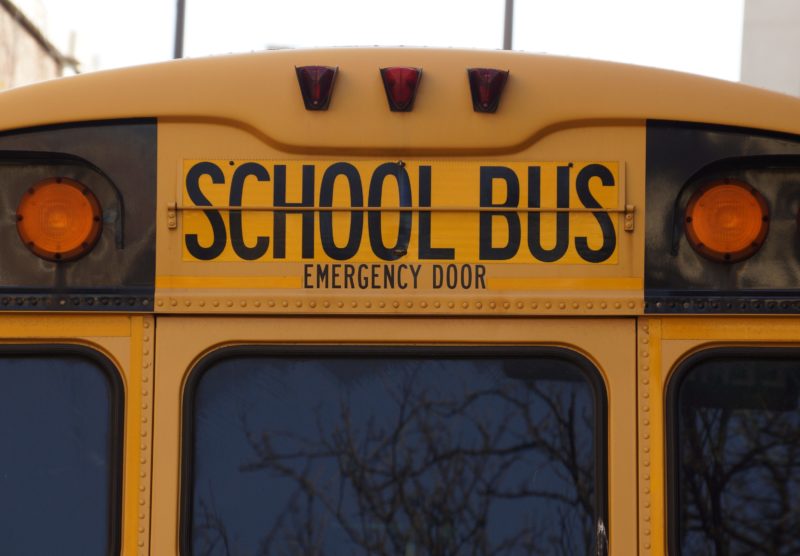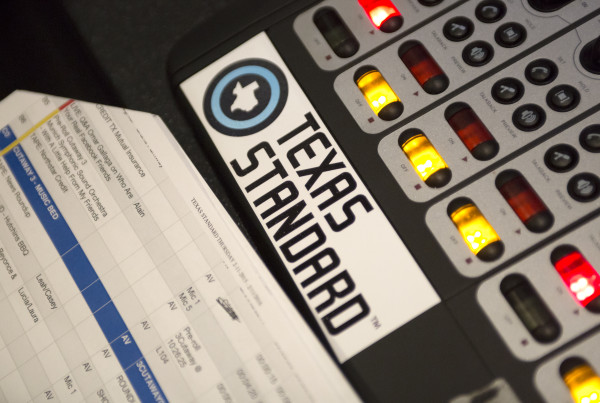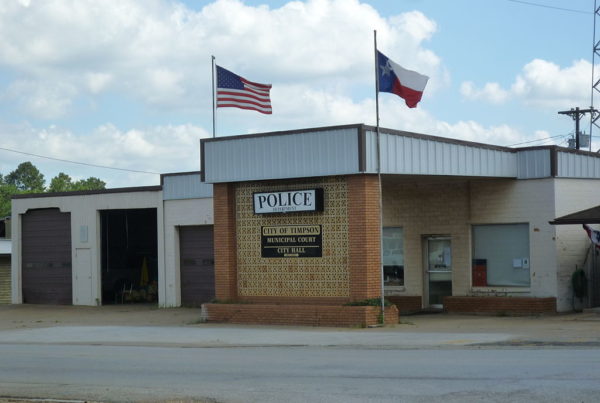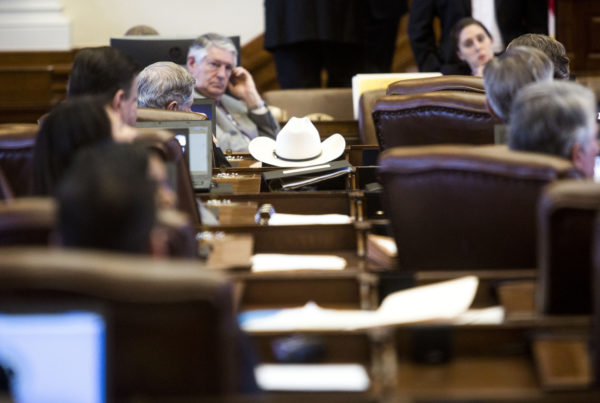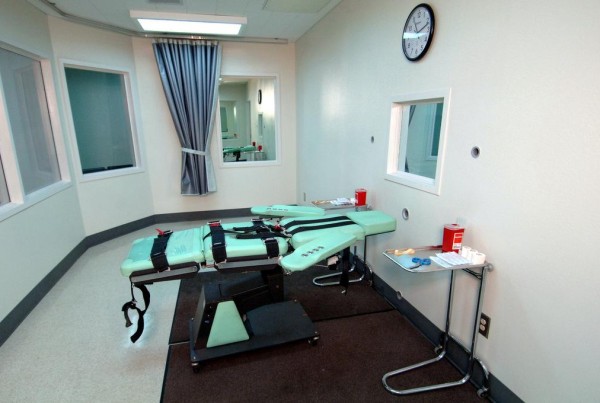From Houston Public Media:
Despite a Texas law passed a decade ago to equip more school buses with shoulder seatbelts, relatively few buses have them today. Why?
We’ll start our story on a Tuesday morning in September 2015. A Houston Independent School District bus plunged off an overpass on the South Loop. It fell 21 feet, onto Telephone Road.
Sheanine Chatman lost her daughter that day. She testified about her experience in Austin, earlier this month.
“I had to identify my daughter,” she said, her voice shaking. “She was unrecognizable. And I live with that every day.”
Chatman’s daughter and one other student were killed. Two others were seriously injured. None were wearing a seat belt, according to federal investigators.
For nearly a decade, there have been efforts in Texas to require seatbelts in buses. The actual effect has fallen short.
But this time might be different.
In a hearing earlier this month, Sen. Sylvia Garcia (D-Houston) presented a bill requiring three-point seatbelts for all newly purchased school buses in the state of Texas. They’re the same, over-the-shoulder seatbelts already required in other motor vehicles.
“We recognize the importance of seatbelts in cars, airplanes, grocery carts,” Garcia said at an April 12 hearing. “But, not requiring children to buckle up on the way to and from school creates an inconsistency in what we teach them in every other vehicle.”
Texas is a “Click-It or Ticket” state. It’s even funded awareness campaigns to let the public know seat belt law would be enforced for passenger vehicles … but school buses fell through a very big loophole.
And bus crash victims’ families felt like the hole swallowed their cause.
Steve Forman’s daughter was injured in a fatal 2006 school bus crash, in east Texas. The accident killed two Beaumont students. The state reacted quickly, and passed Ashley and Alicia’s Law requiring newly purchased school buses in Texas to be equipped with three-point seatbelts.
Forman says bus crash victims were thrilled that lawmakers were finally doing something about school bus safety.
“We were excited,” he said, at the hearing. “The system had worked. This legislature was our hero.”
But their hero fell short.
“They apparently didn’t care about parents’ peace of mind, or the safety of the children,” testified Forman.
He was talking about how even though $10 million was earmarked for seatbelts in school buses, districts could choose whether or not to apply for the seat belt grant money.
Nearly 99 percent of them did not, according to the state.
“It was surprising, ” said Texas Education Agency spokesperson DeEtta Culbertson.
“We implemented the program, as required by law, required by legislation,” she said. “It was up to the school districts to apply for that grant money. We even went through two separate rounds of grant funding.”
Culbertson offered one scenario for why schools didn’t use the available funds.
“The grant required that the districts be purchasing new buses, to add the seatbelts,” she told News 88.7. “The school buses usually last a very long time. They’re very well built, they’re sturdy. And it did not apply to retrofitting any older school buses because that actually weakens the integrity of the bus seat.”
While it’s possible some districts simply weren’t purchasing new buses, Sen. Charles Perry (R-Lubbock) thinks it’s about something else.
“It’s a matter of priorities,” the senator said at the hearing. “And we, as a legislature, seem to always be dealing with bad school board decisions.”
According to experts, it costs around $8,000 to $10,000 to install three-point seatbelts in each newly purchased bus. That’s about $3,000 more than the cost of adding lap belts. But Senator Garcia says it’s not that districts can’t afford the belts, it’s an allocation issue.
In an interview with News 88.7, Garcia said, “If school districts find a way to spend money on multi-million dollar stadiums, multi-million dollar gymnasiums with all the bells and whistles on the scoreboard, why can’t they buy buses with three-point seatbelts? We’re not asking for anything fancy. We’re just asking for something protect our kids.”
Nationwide, an average of six children a year have died in school bus crashes since 2006. That’s according to federal data provided by the National Highway Traffic Safety Administration.
In recent years, federal safety groups have updated their seat belt recommendations, saying all school buses should have three-point seatbelts.
Deborah Hersman, president and CEO of the National Safety Council, says all children should have the same level of protection, across the board.
“The science and the data show us that the three-point belts are the best protection in all crash scenarios,” she says.
Hersman says that school buses are, in fact, the safest way to transport kids to and from school.
“It’s much safer than having a child ride with a parent,” she says. “And it’s 50 times safer than having teens drive themselves, or their friends, to school. … You can make [school buses] incrementally safer by adding these belts.”
After the deadly HISD school bus crash, the district decided all newly purchased school buses would be equipped with three-point seatbelts. But Sen. Garcia says school districts shouldn’t wait for a tragedy before they take action.
“Every time we hear about a horrible [school bus] accident … it sheds a light. People respond. For example, Beaumont responded after their accent, and they’re doing it voluntarily. Houston responded after our accident. We cannot wait for the next accident. The time to do something is now.”
HISD says they have three-point belts in just over 5 percent of their school buses. About 40 percent have lap belts. But over 50 percent of their fleet still has no belts at all.
It’s unclear whether seatbelts could have prevented the death of Sheanine Chatman’s daughter in that 2015 HISD crash, but she would have given anything to have had that extra safety measure for her daughter.
“I support this bill because I know seatbelts save lives,” Chatman testified. “I’m going to continue to advocate for bus safety and seatbelts on all our Texas buses. I think every child should have a seat belt on a school bus.”
The bill is now headed to the full Senate, for a vote. If passed, it would take effect this fall.


